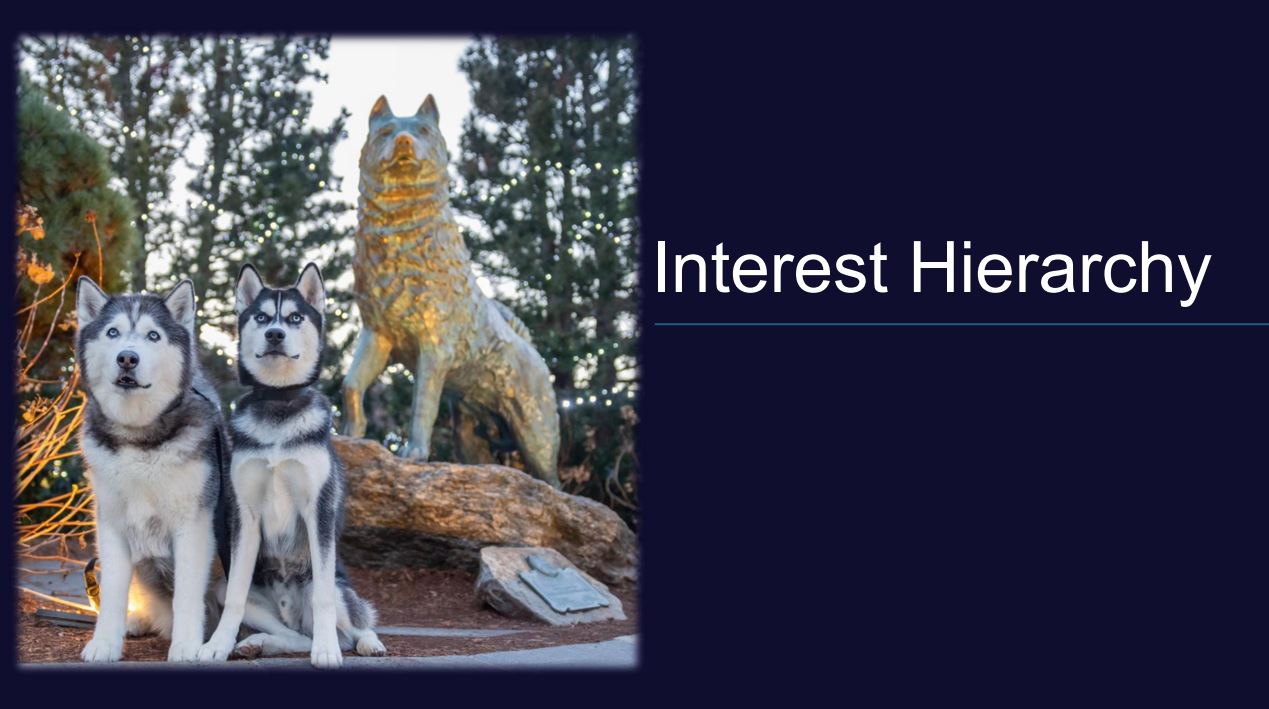
Interest Hierarchy: Advancing Beyond Traditional Segmenting and Reporting
From the Nominator
Like most other fundraising institutions, the UConn Foundation had been using a traditional affiliation method to engage our constituents--we leveraged data points such as school of graduation, location, giving history, and athletic and educational affiliation to create targeted touchpoints. To take our organization to the next level, we decided to align our affiliation tracking with university priorities and key fundraising initiatives. The goal was to use a new hierarchy of interests to drive more customized and thoughtful outreach and reporting. We created an innovative and hyper-flexible hierarchical structure to manage interests and apply them within our customer relationship management system. The new hierarchy contains 95 unique values, which are used to tag fundraising designations (accounts), events, opportunities, interactions, communications (including mass email), and constituents. Seamless tagging of this data was achieved by incorporating it into existing data entry points. Now we can target outreach, prospect according to a constituents' interests, and identify prospects based on university or campaign priorities. We can also report fundraising and engagement results based on any level or codes in our interest hierarchy. The hierarchical structure also allows us to "roll up" to broader categories and expand or contract inclusion into lists and reports. Overall, the new interest hierarchy has led to more targeted engagement and greater report activity; we can produce data on key initiatives, such as DEI engagement, that could not be achieved with a more traditional structure.
From the Judges
The judges appreciated the innovation of this entry and the significant impact and opportunities it created for end users.







